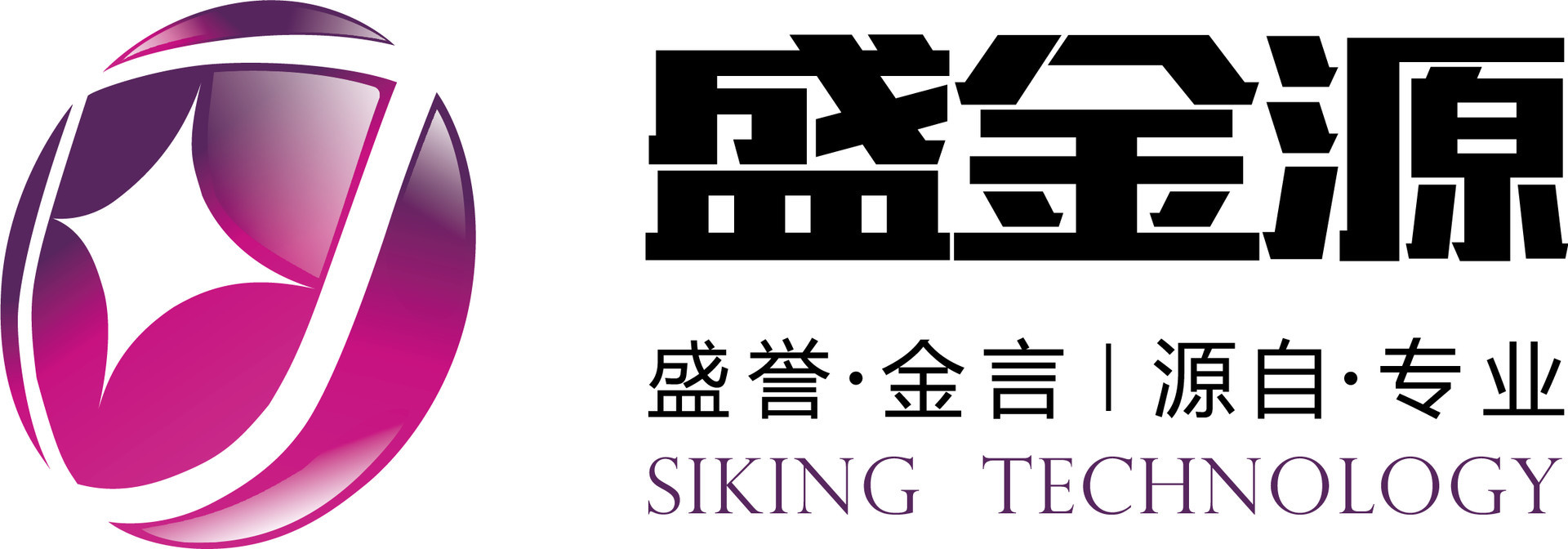1、 New cars in the 100000 to 200000 yuan market are fully electrified
The 100000-200000 yuan market is currently still the home ground for fuel vehicles, with a ratio of approximately 64% between fuel vehicles and new energy vehicles. Joint venture fuel vehicles still have a considerable market in this price range, but this pattern is expected to see a major reversal in 2024. In 2024, the proportion of fuel vehicles and new energy vehicles in the 100000-200000 yuan market may reach 4-6 or even 37%, and new cars in this price range will mainly be PHEV (plug-in hybrid), REEV (extended range), and BEV (pure electric).
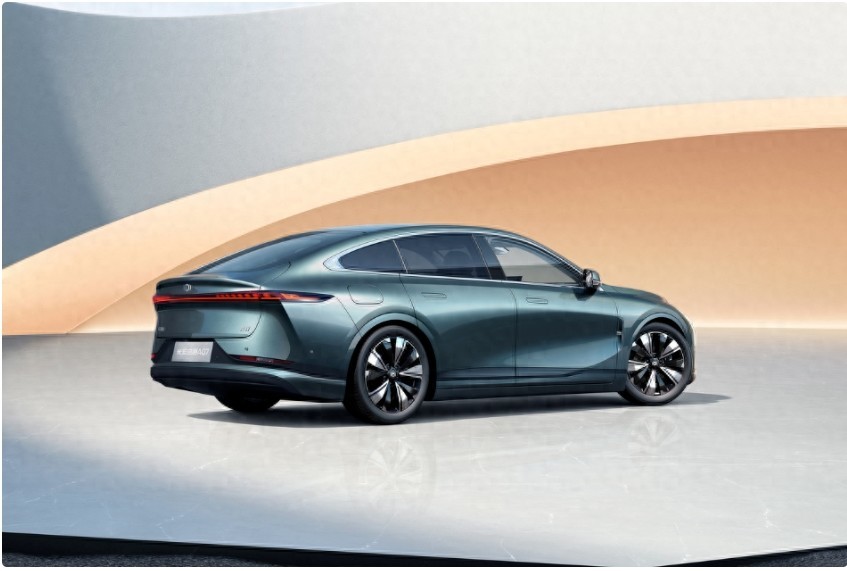
1、 New cars in the 100000 to 200000 yuan market are fully electrified
The 100000-200000 yuan market is currently still the home ground for fuel vehicles, with a ratio of approximately 64% between fuel vehicles and new energy vehicles. Joint venture fuel vehicles still have a considerable market in this price range, but this pattern is expected to see a major reversal in 2024. In 2024, the proportion of fuel vehicles and new energy vehicles in the 100000-200000 yuan market may reach 4-6 or even 37%, and new cars in this price range will mainly be PHEV (plug-in hybrid), REEV (extended range), and BEV (pure electric).
2、 Range extender gradually replaces multi speed PHEVs
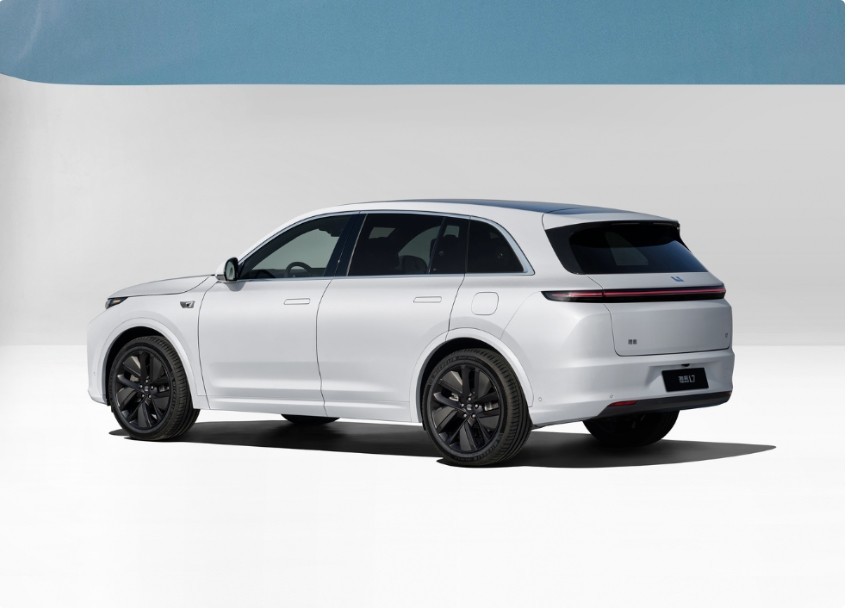
There are indeed many domestic brands making multi speed PHEVs, including Chery, Great Wall, and Geely, the three domestic brand giants. Great Wall has two gears, Chery and Geely have three gears, and Dongfeng has even made four gears. Generally speaking, the more gears there are, the more complex the technology becomes, and correspondingly, the higher the cost. Being able to produce a multi gear DHT often becomes a capital for car companies to showcase their technology. But this is not the core of the problem. The core of the problem is that the direction of multi speed DHT may always be wrong, and adding programs is the correct answer.
Multi speed PHEV models emphasize fuel consumption and performance under complex power supply conditions, which is the shortcoming of range extender. However, the cost of multi speed DHT technology is also quite high - high cost, jerkiness, and relatively high probability of failure. When it comes to consumers, it becomes high price, poor experience, and frequent maintenance, which naturally affects sales.
It has to be admitted that range extender is indeed not as efficient as multi speed PHEVs, but the advantages of range extender are also very obvious, with simple technology, low cost, and closer to pure electric vehicles. If considering the pure electric transition, then removing the range extender from the range extender would make it a pure electric vehicle that can achieve pure electrification on the same platform, while a multi speed PHEV cannot. Therefore, range extender+large battery will become the choice of more car companies in 2024, and Zero Run and Deep Blue will gain a larger market share in 2024.
3、 The market for large SUVs with extended range is heating up
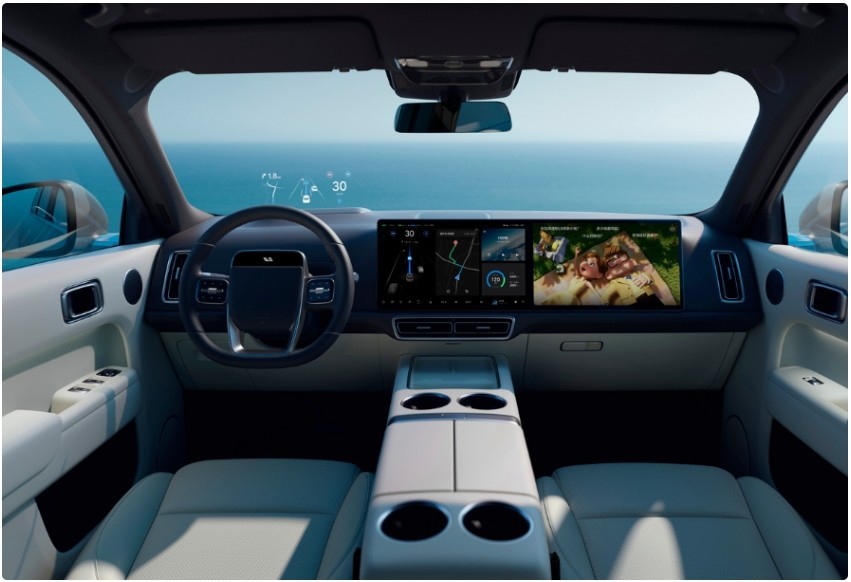
4、 Joint venture pure electric full force
Joint venture pure electric vehicles have been labeled as "miscellaneous electric vehicles" before, but from the perspective of market share changes, this situation will not last long. The gradually reflecting joint venture pure electric vehicles will usher in a wave of explosion in 2024.
Currently, Volkswagen and Buick are the most popular joint venture pure electric vehicles. Volkswagen's best-selling pure electric models include the ID.3 and ID.4, while Buick's is the Buick E5. In terms of price range, Volkswagen and Buick's pure electric vehicles are mainly targeting the market of 100000 to 200000 yuan. At present, the pure electric market with a price range of over 200000 yuan is still dominated by independent new energy and Tesla, and it is difficult for joint venture pure electric companies to attack. However, in the pure electric market with a price range of 100000 to 200000 yuan, independent new forces are not very interested, and joint venture pure electric companies have considerable room for development.
Looking ahead to 2024, Toyota, Honda, and Nissan, the three major Japanese brands, will all launch pure electric new cars priced at 100000 to 200000 yuan. Kia has already sounded the horn to attack the pure electric market priced at 100000 to 200000 yuan. These consumer grade joint venture pure electric car models naturally cannot compete with independent new forces in terms of intelligent driving level and configuration abundance, and are more like traditional joint venture gasoline cars with pure electrification. In first and second tier cities where charging is more convenient, there is a competitive advantage in terms of price and unconventional design for joint venture pure electric vehicles. After lowering the price and starting the market, the market share will quickly increase.
5、 The pricing of new cars by independent new forces is gradually becoming more reasonable
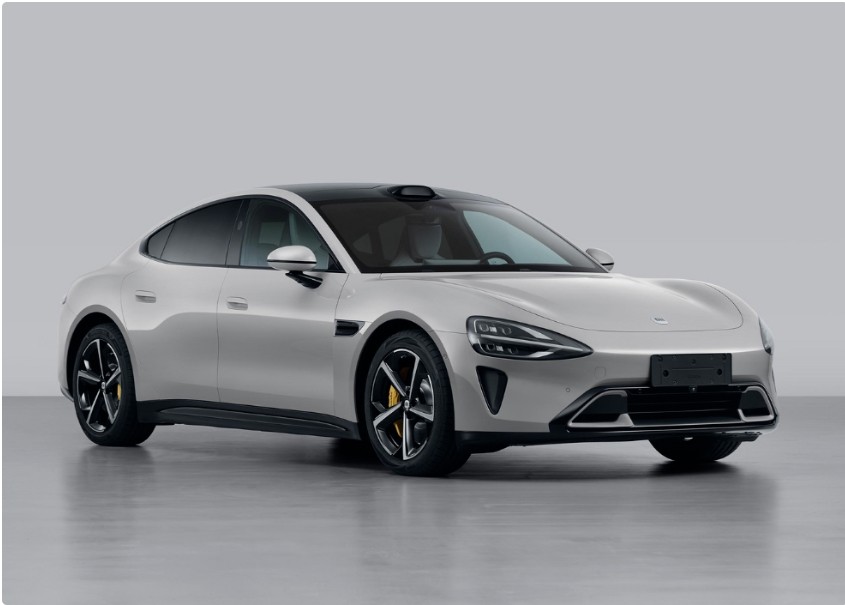
In the chaotic period of new energy, a large part of independent new forces set prices at random. At that time, the new energy market was still in the development and exploration stage, and there were almost no competing products. Of course, the pricing power was a the final say. After several years of rapid development, the new energy market has basically matured, especially after the new energy price race at the beginning of this year. The market has gradually abandoned the brand centric approach, and traditional car companies' new energy brands have regained pricing power after entering the market. A group of new energy vehicle models represented by the Extreme Krypton 007 are re establishing pricing standards in the new energy market, while a group of new energy explorers such as NIO will have to adjust their prices through disguised price reductions such as adjusting equity in 2024. Later new forces will naturally not dare to come up and demand prices, and the pricing of new energy vehicles will gradually become more reasonable. New cars with inflated prices will be trained by the market's sales volume.
